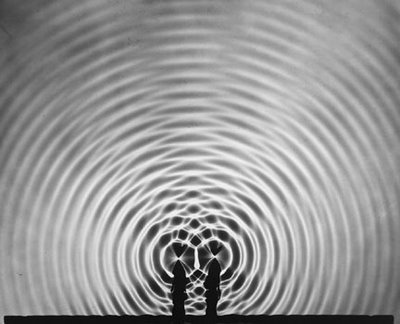Berenice Abbott
(American, 1898-1991)
Suppose we took a thousand negatives and made a gigantic montage; a myriad-faceted picture combining the elegances, the squalor, the curiosities, the monuments, the sad faces, the triumphant faces, the power, the irony, the strength, the decay, the past, the present, the future of a city – that would be my favorite picture.(American, 1898-1991)
— Berenice Abbott in Popular Photography, February 1940
Returning to the United States in 1929 after eight years in Europe, Berenice Abbott became fascinated with New York City and resolved to create an all-encompassing body of work documenting its many sides. After struggling with funding, Abbott was finally granted an allowance by the Works Progress Administration’s Federal Art Project. With an abstracted, often graphic, grace, Abbott’s photographs demonstrate the face of a city on the brink of revolutionary change. Images of Modern skyscrapers are juxtaposed with the makeshift shelters constructed by the homeless in Central Park; for every beautiful example of architecture, there is another of human destitution. Her works from this series, entitled Changing New York, (1935-1939) were exhibited at the Museum of the City in 1937.
Born in 1898 in Springfield, Ohio, Berenice Abbott traveled to Paris in 1918 with the intention of becoming a sculptor. Instead, she became Man Ray’s photographic assistant and by 1925 was a professional portrait photographer in her own right. Known for her systematic and richly detailed photographs of New York, Abbott also photographed scientific subjects for Life and for three secondary school physics textbooks. Abbott founded the photography program at The New School for Social Research (where she taught for over twenty years), was a prolific writer, and held four US patents for photographic and other devices. By purchasing Eugène Atget’s archive and essentially functioning as its curator until its sale to The Museum of Modern Art, New York, in 1968, Abbot can also be credited with preserving this important body of work. She died in 1991.
—Rachel Kapelke-Dale










